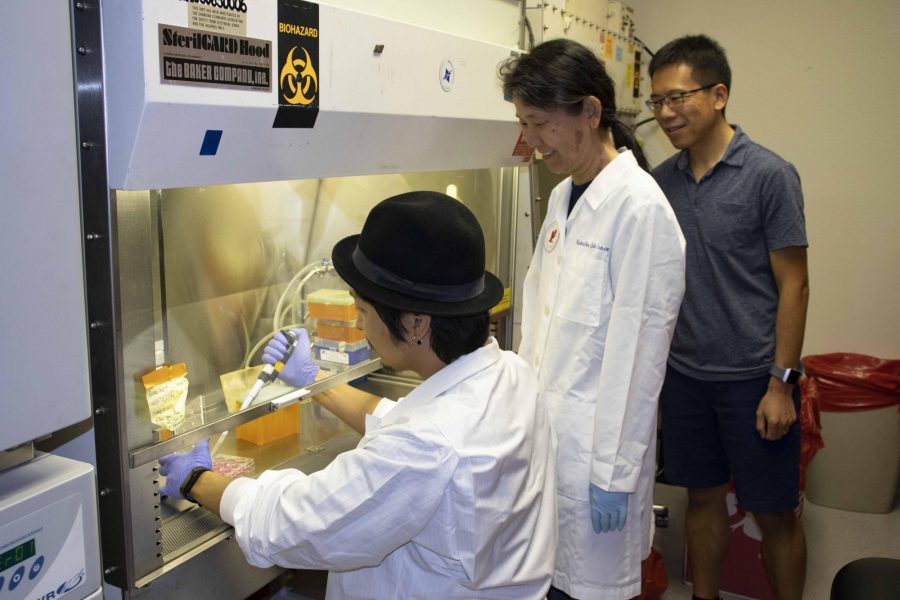Kotaro Fujimaki, a graduate student of molecular and cellular biology at the University of Arizona, challenged science’s understanding of the relationship between cellular sleep and the irreversible, coma-like state of senescence — which can impair tissue function and contribute to aging — in a recent publication in the Proceedings of the National Academy of Sciences.
Fujimaki is a student in the laboratory of Guang Yao, an associate professor of molecular and cellular biology. The Yao lab focuses on understanding the impact of the environment and gene networks on the control of life and death decisions made by both cancer cells and normal cells.
RELATED: Researchers aim to treat chemotherapy side effects without opioids
Fujimaki’s findings demonstrate that as cells fall into deeper and deeper quiescence, or cellular sleep, they are more likely to enter senescence and shut down rather than be protected from the irreversible state as was previously suspected.
“We also found that when cells go deeper into this sleep-like state, their ability to break down biological molecules decreases,” Fujimaki said.
Using fibroblasts, or cells cultured from the connective tissue from rats, Fujimaki was able to induce 10 levels of quiescence by varying the concentration of growth factor available to the fibroblasts in order to study changes in cellular function and decision-making.
“We test the depth of sleep of these cells by measuring the time and amount of growth factor that are needed for cells to wake up,” Fujimaki said.
RNA is the molecular blueprint or intermediary between heritable genetic material and proteins or cellular machines. Fujimaki analyzed the RNA environments, or gene expression networks, of the cells in each of these 10 quiescence states, as well as cells in coma-like senescence.
Fujimaki identified significant differences in genes involved in cellular recycling, finding that cells in deep sleep are similar to those in senescence. As cell sleep deepened, the function of lysosomal-autophagy, which breaks down and recycled cellular material, decreased.
“Defects in recycling lead to the accumulation of damaged organelles, mitochondria for example, which leads to the accumulation of reactive oxygen species that further damage DNA and mitochondria, initiating a vicious cycle,” Yao said.
According to Fujimaki, this cycle also transitions cells into senescence and, if cells are stressed, results in death.
Yao and Fujimaki said they believe these new findings will have an impact on the study and treatment of cancer.
“Cellular dormancy is directly linked to cancer, especially cancer relapse,” Yao said. “Sleeping cancer cells escape chemotherapy and radiotherapy because they are not dividing, but they can wake up later.”
One strategy to treat these hiding cancer cells is to drive them into the irreversible, coma-like state of senescence by deepening their sleep, according to Yao.
When Fujimaki directly altered lysosomal-autophagy recycling pathways, he could shift the depth of cellular sleep and create a model of these changes.
Fujimaki and Yao plan to examine other cellular pathways and environmental conditions that affect the depth of cell sleep and the cellular decision to enter senescence.
RELATED: Past, present and potential future ‘UBRPers’ gather at the program’s 30th annual conference
Fujimaki and Yao’s research was supported by the National Science Foundation and National Institutes of Health in the U.S.
At the UA, Kimiko Della Croce, an assistant staff scientist in the Yao lab, and Hao Helen Zhang, a professor of mathematics, also contributed to Fujimaki’s research. Fujimaki’s other collaborators also included the University of Pittsburgh’s Jianhua Xing and Peking University’s Ruoyan Li, Hengyu Chen and Bai Fan.
Follow Randall Eck on Twitter















